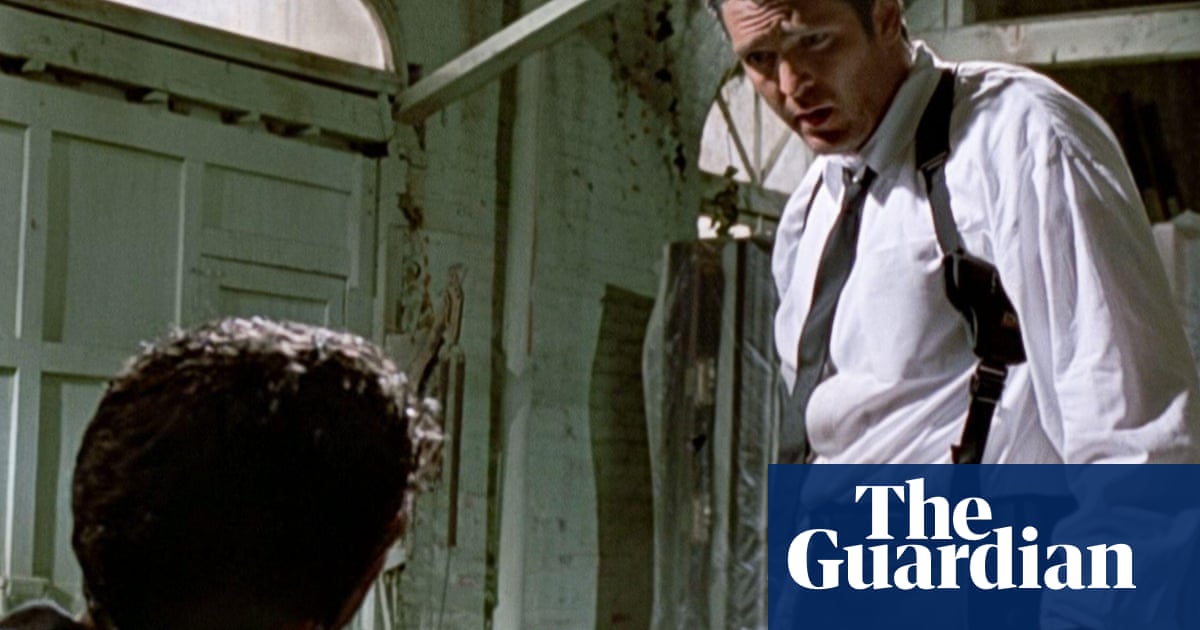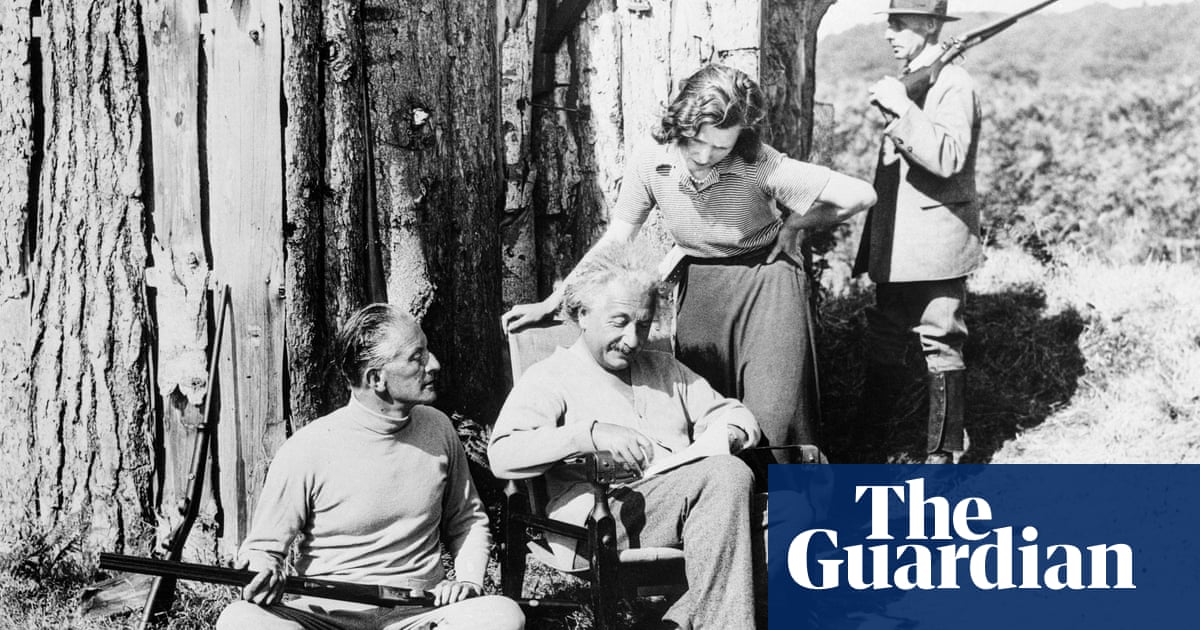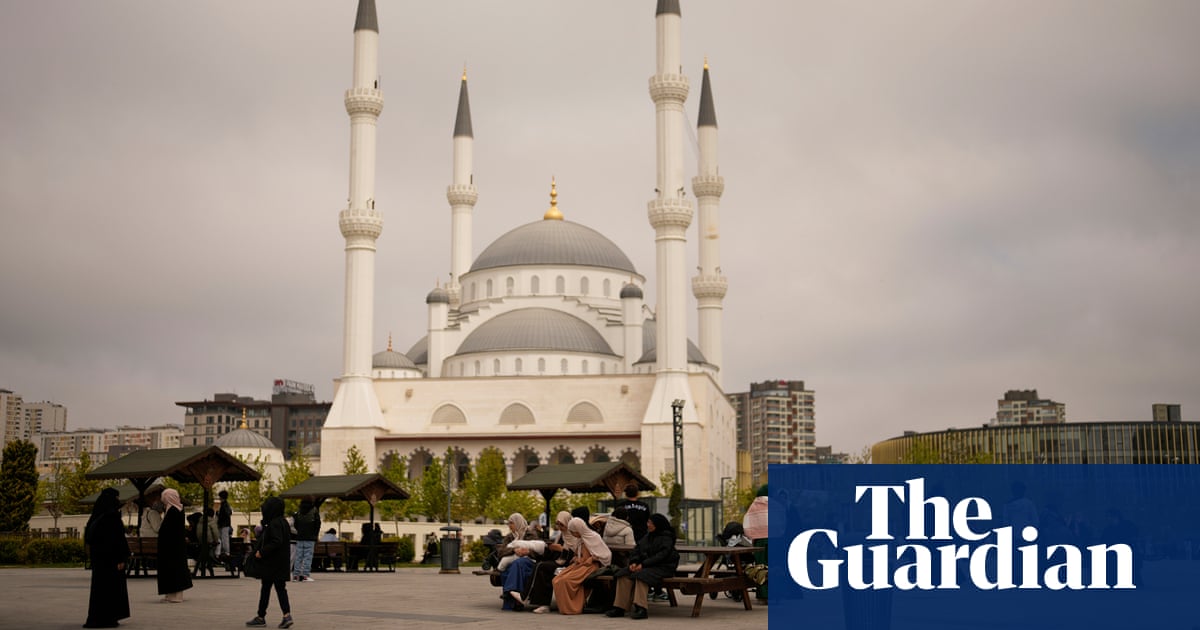Nothing could prepare me for seeing the house that Langston Hughes, the heralded Harlem Renaissance poet, author, journalist and traveler, lived in as a teenager in Cleveland, Ohio. Only eight steps separated me from the walkway that led to the front door as my Uber driver idled behind me. I clasped my camera in my hand, the shutter echoing in the quiet of a snowy February day. I looked more like a too-curious-tourist than a concerned writer researching the literary legacy of a man who had inspired me all my life.
The house was ordinary, painted in an aging beige that was deepened with crisp, burgundy accents. At the top in an attic space the burgundy was most prominent. I’d learned before this visit that Hughes had lived and written there. I’d also known going into this trip that the house had at one point been at risk of being demolished, efforts that were subverted largely in part due to local librarian Christopher Bucka-Peck’s intervention.
Located on the east side of Cleveland in an area that has been historically Black for generations, this home, which is crucial to understanding Langston Hughes and his creative origins, remains unmarked and vacant as it was then. The longer I stood, instead of soaking up the moment in awe, unending questions tugged at me. Such as: why was there no marker? Would it be in danger of possibly being demolished again? And if the city of Cleveland didn’t care about his legacy then who would?
That trip in 2023, and the crushing disappointment that encircled it, became a silent quest I’ve carried with me. I wanted to see more homes of the Black literary forefathers and foremothers, the ones I draw inspiration from in order to write.
The anger and discontent are something Tara L Conley, an assistant professor at Kent State University’s School of Media and Journalism, felt herself in 2019 when she visited Toni Morrison’s childhood home in Lorain, Ohio, a mere 30 miles from where I landed in Cleveland four years later. Morrison’s powder blue home also has no marker and continues to fall further and further into a dilapidated state.
“My initial reaction was, ‘Why isn’t anyone doing anything here?’ Even to this day I wonder why Northeast Ohio feels so stuck. And if you talk to other Black folks who grew up here you might hear the same thing,” Conley said.
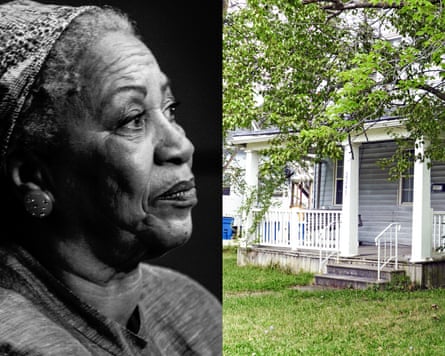
Morrison’s home, according to Conley during her visit, is privately owned, as demonstrated by Donald Trump signs she saw surrounding the property. As of now, there are no efforts for a historical marker or any other kind of preservation of the home. Hughes’ home in Cleveland has endured many changes throughout the years beyond the planned demolition in 2009 – including a renovation before being sold for $85,000 to a private owner in 2013. Being privately owned means the hurdles for historical markers or any other designation of its status fall into the owner’s hands, if they choose to pursue it at all. These homes, however, represent a much larger pattern of neglect of integral legacies of Black writers, even after their deaths.
The statistics on preservation of African American historical structures reflect this. Only 2% of the 95,000 entries on the National Register of Historic Places focus on the lives, experience and culture of African Americans.
That means there’s larger systemic failings and inequities to be addressed for cases like Hughes’ and Morrison’s homes in Ohio, despite the issue of their current ownership. And the countless other homes of Black literary figures throughout history, those who have held us together and dazzled us in written form on the page. These legacies matter and have personal and collective stakes. What is preserved, after all, molds what we remember and what is known about Black writers of the past. Our Black creative memory, too, is sculpted from these things.
Preserving spaces such as historic Black literary homes from an official capacity entails certain complexities–completing extensive paperwork, securing funding, time spent waiting to hear back once nominations have been submitted.
The process has prevailed in some cases, such as Richard Wright’s childhood home, Lucille Clifton’s and where Zora Neale Hurston lived in the years prior her death. Some of the homes of Black authors of the past have some sort of historical marker, whether as a result of being designated a national historic landmark, included on the National Register of Historic Places or local recognition whether from the state or town/city municipality of which they are located.
National historic landmarks (NHS) and the National Register of Historic Places are both guarded by the National Park Service (NPS). Established in 1935 due to the National Historic Sites Act, an NHS designation requires a nomination and evaluation of the property. The NPS advisory board reviews nominations and determines whether to recommend it to the secretary of interior, who has the power to name landmarks.
Getting a historic home or other property on the National Register of Historic Places is simpler. The National Register was established in 1966 per the National Historic Preservation Act and also requires prepared nominations that next proceed through the state’s historic preservation office. The state historic preservation officer can then officially nominate a property, kicking it up to the NPS where the keeper of the National Register, who has the authority to list the property.
In urgent response to the dire statistic, the National Trust for Preservation launched the Cultural Heritage Action Fund in 2017. Helmed by architect and preservationist Brent Leggs, who acts as executive director, the aim was to intensely focus on gathering these Black touchstones and treating them as precious.
“What’s so beautiful about the African-American Cultural Heritage Action Fund–as we’re eight years in as an emerging social movement advocating for an increased recognition and celebration of Black people and Black history–is that we’re creating a big tent of advocates,” he said.
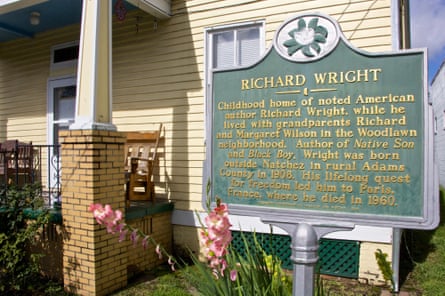
Leggs was instrumental in helping to preserve the homes of other Black cultural legends – Nina Simone and Alice and John Coltrane – as both have designation and have been preserved through varied mechanisms. Simone’s childhood home in Tryon, North Carolina is bounded by non-profit Daydream Therapy, a collective of artists Ellen Gallagher, Rashid Johnson, Julie Mehretu and Adam Pendleton who bought the home together for $95,000 to save it.
When the fund originally launched in 2017, a five year $25m campaign began an “audacious and bold vision” according to Leggs. The intent, he said, is to intentionally partner in what is longterm work of expanding the African-American story by preserving spaces and homes like those of Black writers of the past–to offer these lived spaces as testimonies of the reality of Black lives lived. As of now, $150m in funding has been secured and the organization has collaborated with 353 preservation organizations across the country to make it happen.
Historical markers, whether national or local, are purely an architectural designation – what the owners of the home choose to do with the property is at their discretion. There is no mandate, for instance, that historic homes be opened to the public, though some Black literary homes have taken that pathway in service of writers of new generations. Overall, the paths are varied.
The novelist Richard Wright’s childhood home in the historically Black Woodlawn historic district of Natchez, Mississippi, has had a historical marker since 1998. This marker is local, however, as the Mississippi department of archives and history erected it. Wright’s home is solely a historic structure as it’s not open to visitors, though visitors can take pictures and peek in from the outside.
The historic East Harlem brownstone that Hughes called home during the Harlem Renaissance is another that falls in this category. Now privately owned, it has had a marker since 1981 per the New York Landmarks Preservation Foundation. Hughes’ former Harlem home has struggled with directional instability throughout the years, with current managing director Louie P Sosa committed to ushering forth a new era for the home, centered in structured programming and establishing a non-profit organization to guide its future.
“The goal of the Langston Hughes Home is to exude Langston’s personality and all its facets,” he said.
In Baltimore, Maryland is the Clifton House, a tribute to the legacy of poet Lucille Clifton who lived there with her husband Fred Clifton and her six children. When foreclosure in 1980 forced them from their home, it was traumatic. But when her daughter Sidney Clifton reached out to former owners on the ninth anniversary of her mother’s death in 2019, she learned the house had been put on the market that very day. She purchased the home, intent on recapturing the communal space she remembered.
“What this house always wanted to be was what my parents established there and it’s what it means to be there,” she said. “The house needs to be that place where we are focusing on providing sanctuary for emerging writers, poets, artists, activists and people that walk those intersections. And to be a place of nurture, feeding, spirit, growing and possibility.”
As the home is already considered a national historic landmark and appears on the National Register of Historic Places, the most challenging aspect of preserving the legacy, according to Sidney, has been managing the business side. Though the non-profit organization that guides the home–including that of writing workshops and residencies–does make it somewhat less challenging.
And down south in Fort Pierce, Florida, the Agape senior recreation center where the novelist, anthropologist and folklorist Zora Neale Hurston died from a stroke in 1960 has no designation whatsoever, though a home she rented in the years prior to her death received national historic landmark status in 1991. The Zora Neale Hurston Florida education foundation acquired the building where Hurston died from St Lucie county in 2019. They’ve made significant strides in renovating to turn it into a community center and museum–they received a $500,000 African-American cultural and historical grant from the Florida department of state to actualize these needed changes.
Marina Santos, vice-president of the organization’s board, said hopes are that renovations for the building will be completed no later than this summer. “Currently we’re about 50 percent completed on the renovations on the inside,” she said. “Our vision and mission is not only to preserve and celebrate the life of Zora but to also encourage, inspire and educate the community by ways of helping authors and creating space where authors can come in and work.”
Thinking about seeing Hughes’s home in Cleveland years ago and others attached to Black writers, thinkers and culture shifters – spaces and places scattered throughout this country – remains an amalgamation of anguish and hope. Anguish for how displacement, dispossession and rejection of personhood for Black people is commonplace. But hope for how writing down these narratives in this piece itself is a reclamation and can’t be erased even if obscured. Perhaps through communal effort, collaboration, funding and public awareness, preserving these legacies aren’t as fraught as it seems. During my conversation with Leggs, he shared similar sentiments.
“Even in moments of fragility […] I believe that we can create a more knowledgeable and empathetic society that will begin to bear witness to Black humanity,” he said. “And if we can use historic preservation to create that–to facilitate learning and reconciliation in a way that strengthens everyone’s individual capacity–that for me is the beauty of the work.”

 6 hours ago
4
6 hours ago
4







